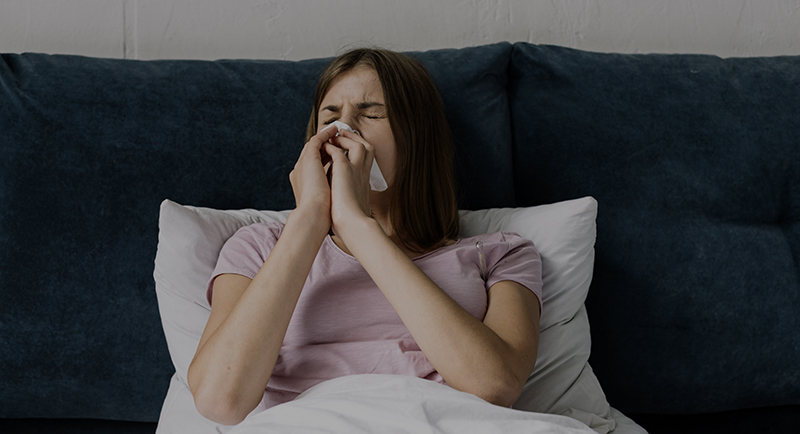
Maher Maoua, et al.
(2019) Tanaffos
Allergic rhinitis impacts negatively the quality of life and occupational activities of patients.
A 10-year duration cross-sectional study evaluated the quality of life and work productivity of patients diagnosed with allergic occupational rhinitis. Quality of Life was assessed by the Mini-RQLQ (rhinitis quality of life questionnaire) and work impairment was assessed by the Work Productivity and Activity Impairment questionnaire.
This study included 414 participants from both genders and with a mean age of 38 years old. Most of them were workers from the textile and clothing industry. Absenteeism was not relevant, however participants experienced activity limitations and practical problems, reducing productivity and quality of life.








